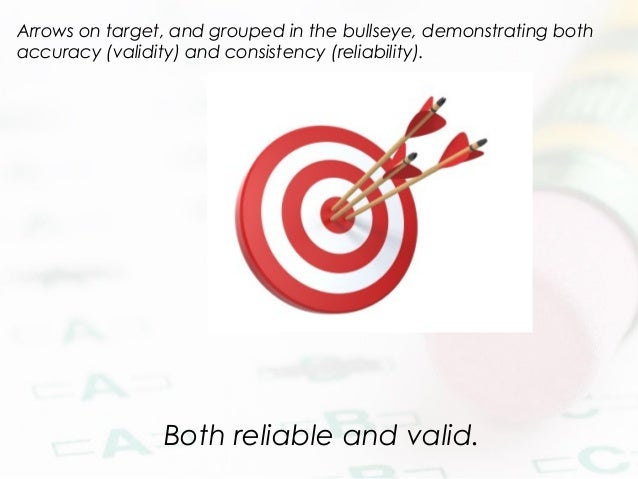
How do these two systems influence interpretation? In the Rorschach Comprehensive System (RCS Exner, 2003), the three categories have different meanings and converge in several different indices (e.g., Complexity Ratio, Blends, representing the proportion of answers, where two or more determinants were scored respect all other answers). Last, there is only one total score in the HIT, while in the Rorschach, there are three different total scores (FC, CF, and C) based on how many times FC, CF, and C were scored in the protocol. Second, in the HIT, the three distinct categories are transformed into three scores (FC=1, CF=2, and C=3) and then summed to create the total score for the variable Color (C). What about the HIT? First of all, there is no distinction between chromatic and achromatic color. For example, the Rorschach determinant Chromatic Color is traditionally divided into three categories according to the balance between two characteristics of the blots, form and chromatic color, in determining the percept: Form-Color (FC), where the form features of the blot primary and the color is of second importance Color-Form ( CF), where color is the main determinant and form is of secondary importance and pure Color response (C), where no form is involved ( Exner, 2003). The rationale was that psychologists who were more familiar with the Rorschach could obtain most of its base variables from the HIT. (1961) created 22 new scoring variables from the Rorschach’s literature. The correlation ranged from a minimum of 0.144 to a maximum of 0.414.Ĭonclusions: The results provide support for the validity of the new HIT indices and have important implications for both clinical and research fields.ĭuring the development of the Holtzman Inkblot Technique (HIT), Holtzman et al.

Results: Nine of the 11 new indices (R-HIT, F%-HIT, M-HIT, m-HIT, C'-HIT, Blends-HIT, PureH-HIT, DQ+HIT, and X-%-HIT) showed significant correlations with Rorschach scales, confirming our hypotheses. The validity of the new indices was studied through Pearson correlation ( r) with the corresponding RCS indices. Methods: Both techniques were administrated with a retest interval from 1 to 7days to a sample of 139 subjects (63 males and 76 females) from the general population. These were chosen from Exner’s Comprehensive System (RCS) indices using two criteria: first, they had to be valid according to meta-analysis, and second, they must be computed using the HIT standard scoring system. Objective: The present study examines the validity of 11 new Holtzman Inkblot Technique indices. 4Department of Psychosomatics and Psychotherapy, University of Giessen, Giessen, Germany.3Department of Social and Developmental Psychology, Sapienza University of Rome, Rome, Lazio, Italy.2School of Psychology, Fielding Graduate University, Santa Barbara, CA, United States.1Department of Dynamic and Clinical Psychology, Faculty of Medicine and Psychology, Sapienza University of Rome, Rome, Italy.Hawkins II 2 Marco Lauriola 3 Falk Leichsenring 4 Lina Pezzuti 1


 0 kommentar(er)
0 kommentar(er)
